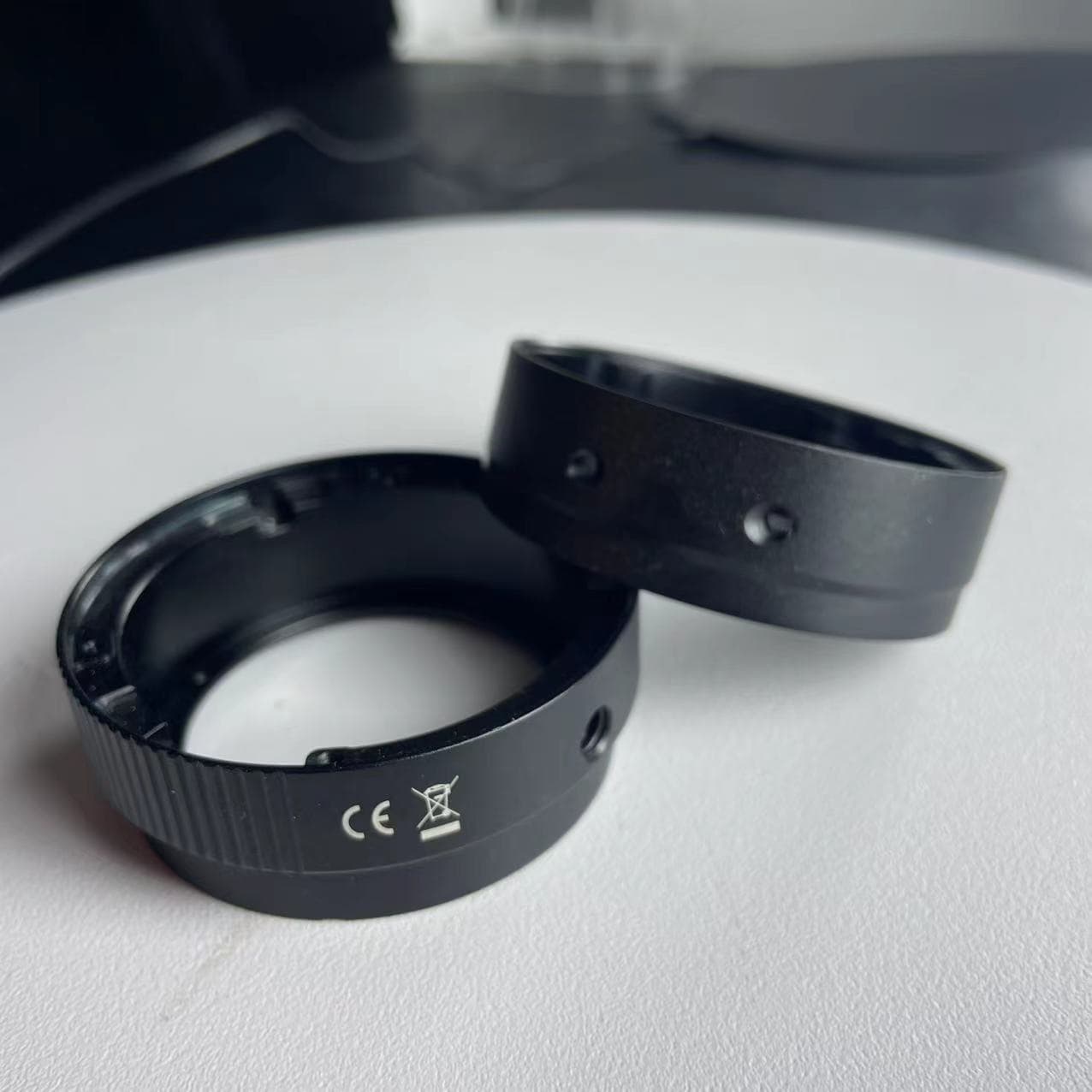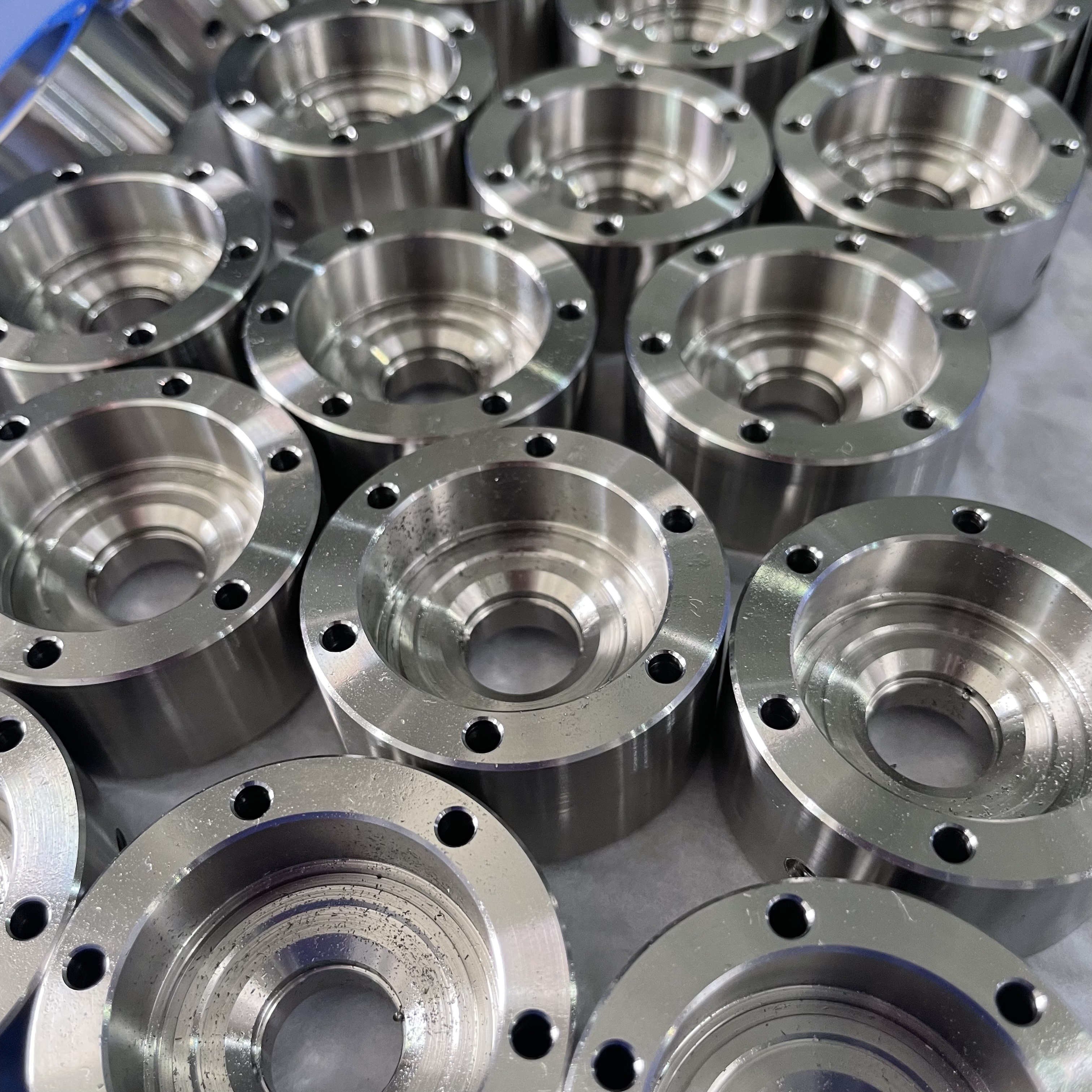Revolutionizing Industrial Cameras: CNC and Optical Photographic Industry

Evolution of Optical Photography
The evolution of optical photography has been significantly influenced by the integration of CNC machining. This innovative technology has brought about a revolution in the optical photographic industry, leading to remarkable advancements in industrial cameras and visual system optical lenses. The precision and efficiency offered by CNC machining have played a pivotal role in shaping the future of photographic optics, driving improvements in both the quality and performance of visual imaging equipment.
Precision Engineering
Precision engineering plays a crucial role in the production of components for industrial cameras and visual system optical lenses within the optical photographic industry. The significance of precision engineering lies in its ability to ensure the exactness and accuracy of each component, thereby directly impacting the quality and performance of optical photographic equipment. By meticulously crafting each part with precision, manufacturers can guarantee that the industrial cameras and visual system optical lenses meet the high standards required in the visual imaging industry.
The advancements in precision technology are shaping the future of industrial cameras and visual systems. With continuous innovations in precision engineering, these technologies are becoming more refined and sophisticated, leading to enhanced capabilities for optical photographic equipment. This progress is instrumental in driving improvements in the overall quality, precision, and performance of industrial cameras and visual system optical lenses, further solidifying their position at the forefront of the optical photographic industry.
CNC Impact
Integration of CNC Machining
The integration of Computer Numerical Control (CNC) machining has been transformative in the production of components for industrial cameras and visual system optical lenses. CNC technology plays a pivotal role in ensuring the precision and accuracy of each component, thereby elevating the overall quality and performance of optical photographic equipment. By utilizing CNC machining, manufacturers can consistently produce intricate parts with unparalleled accuracy, meeting the stringent requirements of the optical photographic industry.
Advantages of CNC in Optical Photography
The benefits of CNC machining in revolutionizing the optical photographic industry are multifaceted. CNC technology enables manufacturers to achieve a level of precision that was previously unattainable through traditional manufacturing methods. This results in improved image clarity, enhanced focusing capabilities, and overall superior performance in industrial cameras and visual system optical lenses. Looking ahead, the future implications of CNC technology are poised to further advance industrial cameras and visual systems, driving continuous innovation and setting new benchmarks for excellence within the optical photography sector.
Optical Lens Advancements
Significance of Lens Quality
The significance of lens quality cannot be overstated in the optical photographic industry. High-quality lenses are essential for capturing sharp, clear images with precise details, making them indispensable components of industrial cameras and visual systems. The performance and precision of industrial cameras and visual systems are directly influenced by the quality of the lenses used. Superior lens quality ensures optimal image clarity, color accuracy, and overall image fidelity, contributing to the production of exceptional visual content within the optical photographic industry.
Innovations in Lens Technology
Innovations in lens technology have been greatly driven by the integration of CNC machining in the optical photographic industry. CNC technology has enabled manufacturers to achieve unparalleled precision in crafting lenses, resulting in advancements such as improved focusing mechanisms, reduced optical aberrations, and enhanced low-light performance. These innovations have paved the way for future developments in lens technology that promise to further elevate the standards of the optical photographic industry. As CNC machining continues to refine and optimize lens manufacturing processes, it is anticipated that upcoming advancements will lead to even greater improvements in image quality and overall performance for industrial cameras and visual systems.
Future Innovations
Emerging Trends in Industrial Cameras
The future of industrial cameras is being shaped by a host of emerging trends, many of which are driven by the advancements in CNC technology within the optical photographic industry. These trends encompass a wide range of developments, including the integration of AI-powered features for automated image processing, enhanced compact designs for increased portability, and the utilization of advanced materials to improve durability and performance. Additionally, there is a growing emphasis on the development of high-speed imaging capabilities to capture fast-moving subjects with exceptional clarity and precision.
Furthermore, the integration of IoT (Internet of Things) technology is poised to enable seamless connectivity and data exchange between industrial cameras and other devices or systems, opening up new possibilities for remote monitoring and control. As these trends continue to evolve, the future outlook for industrial cameras and visual systems in the optical photographic industry points towards an era of unprecedented innovation and versatility.
Technological Advancements in Visual Systems
The role of CNC machining in driving technological advancements in visual systems cannot be overstated. With CNC technology at the forefront, visual imaging technology is undergoing a significant transformation characterized by improvements in image resolution, dynamic range, and overall performance. The integration of advanced algorithms for image processing and analysis is enhancing the capabilities of visual systems, enabling them to deliver superior image quality and real-time insights across various applications.
Moreover, there is a notable shift towards the development of multi-sensor camera systems that offer enhanced depth perception and spatial awareness. These advancements are instrumental in expanding the potential applications of visual systems across industries such as manufacturing, healthcare, automotive, and beyond. As CNC machining continues to drive innovation and progress in visual imaging technology, it paves the way for an exciting future where visual systems play an increasingly pivotal role in shaping our interactions with digital imagery.
Optical Photographic Industry: The continuous evolution within the optical photographic industry is paving the way for groundbreaking innovations that promise to redefine industrial cameras and visual systems.
Shaping the Future
In shaping the future of the optical photographic industry, CNC machining stands as a cornerstone of innovation and progress. The seamless integration of precision engineering and technological advancements continues to drive remarkable developments in industrial cameras and visual systems. This pivotal role not only ensures the continuous evolution of photographic optics but also propels the visual imaging industry towards unprecedented levels of excellence.
The significance of precision engineering and technological advancements cannot be overstated in driving innovation within the optical photographic industry. As these elements converge, they pave the way for groundbreaking innovations that promise to redefine industrial cameras and visual systems, solidifying their position at the forefront of the visual imaging industry.
See Also
Tianjie CNC: Improving Industries through Precision Machining and CNC Solutions
Understanding CNC Machining Services: Lathe and Milling Methods
The Outlook for CNC Milling: Progress and Flexible Uses
Mastery of CNC Turning: Key Factors and Metalworking Methods
The Complete Handbook on CNC Milling Services: All You Need to Understand
About US
Follow Us
Your prototype holds unparalleled significance, and we deeply value its uniqueness. Collaborating with you during the preparation phase for running your prototype or parts is a commitment we gladly embrace. Whether it's a single part or a complex assembly, we are dedicated to selecting the optimal tools and pathways to bring your envisioned product to life.
At Precision Fab CNC Machining, we specialize in producing parts for prototypes, short runs, and high-volume production. Our prototyping machine capabilities extend across metal, plastic, and wood machining, with welding fabrication services available to complement and finalize your prototype if required.
Address
Address: Room320 10F, Building A,Nanshan international building, Dayawan District, Huizhou, Guangdong, 516001 China
Contacts
billy@timaycnc.com

